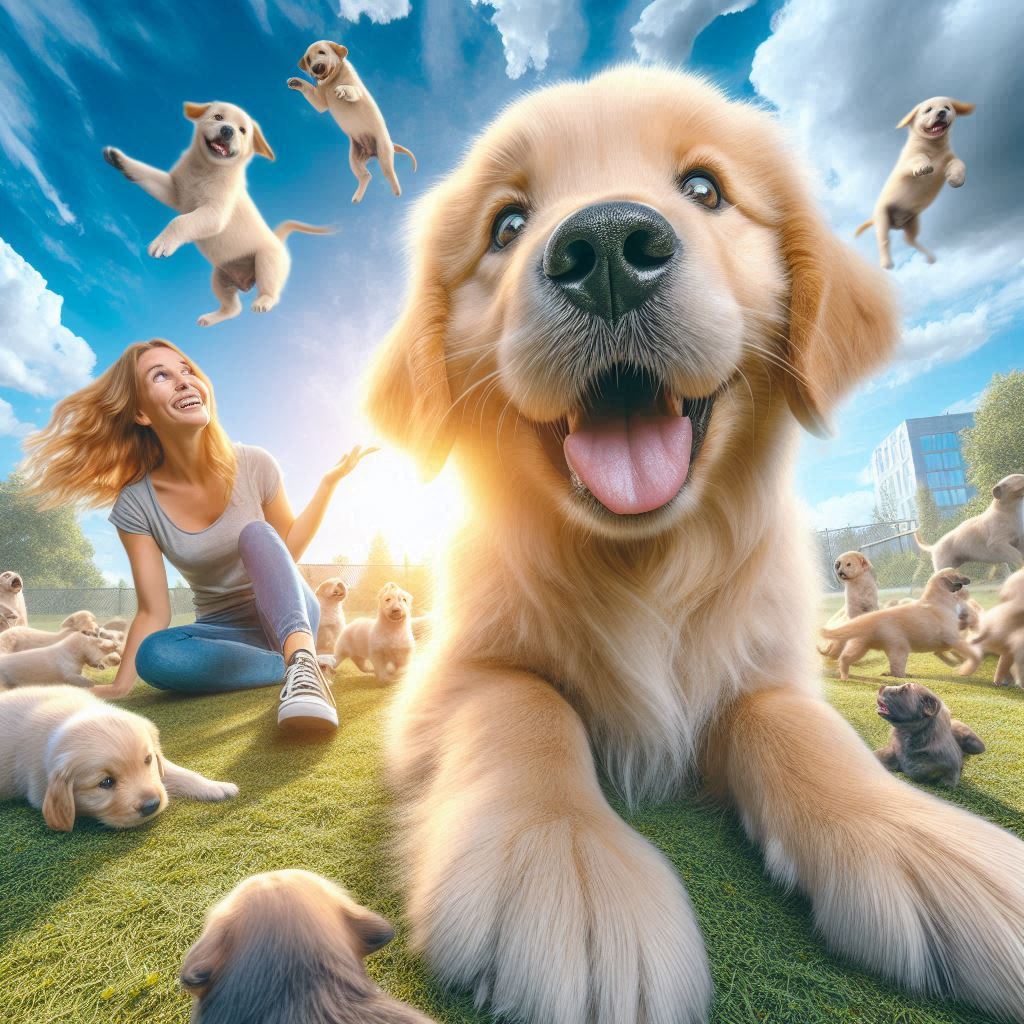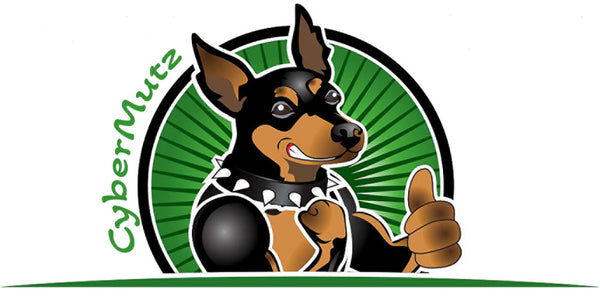
Do Dogs Actually Smile? The Science Behind That Grin
Share
Do Dogs Actually Smile? The Science Behind That Grin
Is that goofy doggie grin just in our heads, or are our pups really beaming with joy?
If you’re a dog lover, you’ve probably seen it—the wide, open-mouthed expression, tongue lolling out, eyes sparkling. It looks like your dog is smiling… but is it real? Or are we just projecting human emotions onto our furry friends?
Let’s dig into the science (and heart) behind the canine smile.
🐾 What Does a Dog “Smile” Look Like?
You’ve seen it:
• Mouth slightly open
• Tongue hanging out
• Relaxed eyes and ears
• Tail wagging like crazy
That’s the classic “smiling” dog face. And guess what? It’s not just in your imagination.
🧠 The Science of Canine Expression
Dogs are masters at reading human emotions—and expressing their own in ways we recognize. While their facial muscles aren’t identical to ours, dogs can mimic a smile-like expression, especially when relaxed and happy.
Researchers have found that:
• Dogs produce more facial expressions when humans are watching
• They’re especially responsive to positive interactions
• The “smile” is linked to relaxed body language, not stress
In short, when your dog “smiles,” it’s often a sign they’re feeling good.
🧬 Is It an Evolutionary Trait?
It might be! Domesticated dogs have evolved alongside humans for thousands of years. Over time, they’ve developed traits that help them communicate with us—including facial expressions that resemble ours.
Fun fact: Dogs have a specific muscle around their eyes called the levator anguli oculi medialis (yep, it’s a mouthful), which helps them raise their inner eyebrows. This gives them that “puppy dog eyes” look that melts hearts—and it’s something wolves don’t have.
So yes, dogs have physically evolved to be more expressive. That grin might just be part of the evolutionary charm offensive.
😄 Is It Really Happiness? Or Something Else?
Here’s how to tell if your dog is actually happy when they’re smiling:
✅ Relaxed body – No stiff posture or tucked tail
✅ Wagging tail – Especially if it’s low and loose
✅ Playful behavior – Bouncing, tail wags, friendly gestures
✅ Soft eyes – No wide-eyed stare or furrowed brows
If your dog’s mouth is open but they’re panting hard, trembling, or pacing, it might be stress, not joy. Context matters!
🐶 Do Dogs Smile at Specific People?
Many dog parents say their pups “grin” when they come home, during playtime, or while getting belly rubs. That’s no coincidence.
Dogs associate people with positive experiences. Some even seem to smile more for their favorite humans. It’s their way of bonding—showing affection and comfort in the most adorable way.
📸 Why We Love the Dog Smile
There’s something contagious about a happy-looking pup. That doggie grin:
• Triggers oxytocin (the love hormone) in humans
• Boosts mood and lowers stress
• Deepens the human-animal bond
It’s no wonder smiling dogs dominate our social feeds. We can’t get enough.
🐾 The Final Word: Is It Real?
Yes, dogs can smile—at least, in their own way. While they don’t smile exactly like humans, their joyful expressions are genuine, and often a true reflection of how they feel.
So next time your pup flashes you that big, goofy grin?
Smile back.
They’re probably just as happy to see you as you are to see them.
Want more insights into dog behavior, care, and fun lifestyle tips?
Subscribe to our blog or follow us on Instagram @CyberMutz for daily pawsitive vibes, pro tips, and the occasional smiling pup in a snazzy tank top.
